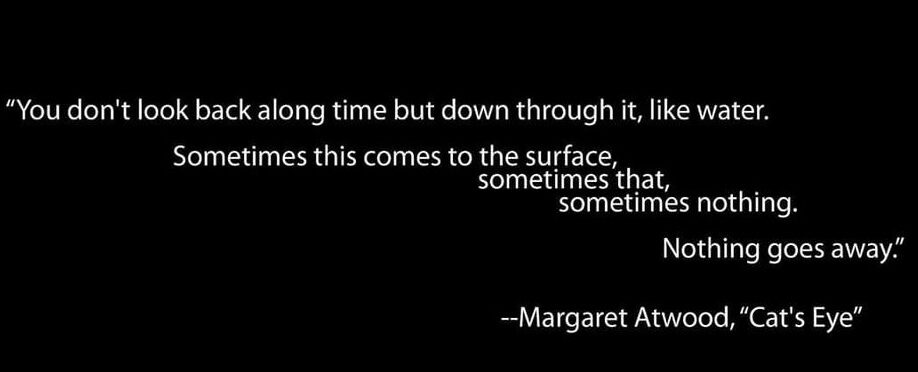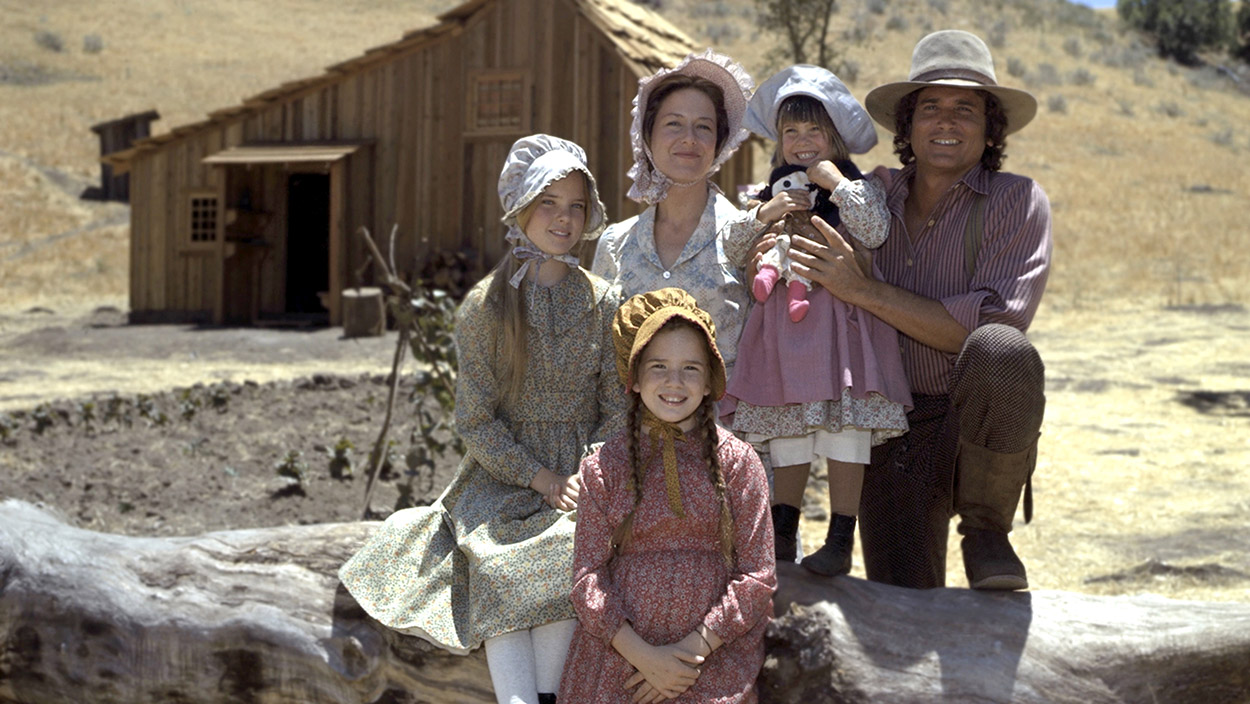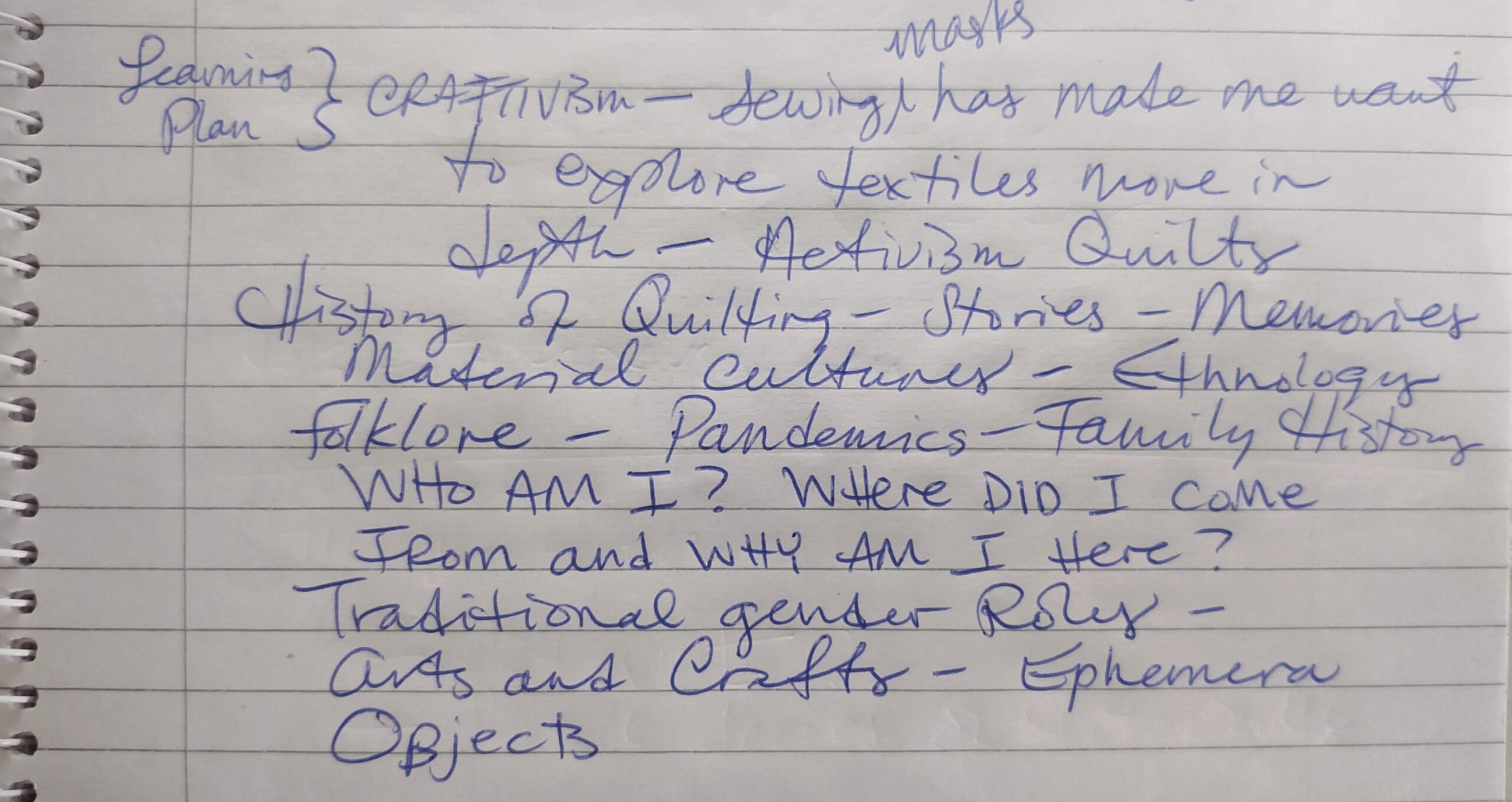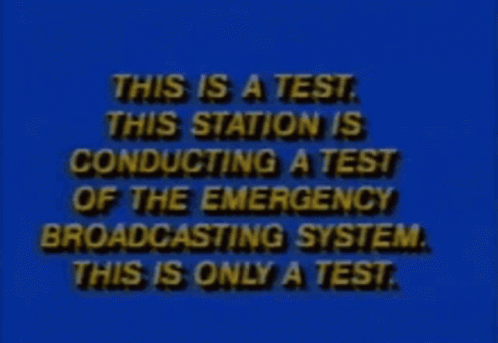I have spent the day researching quilting, and then more specifically, dyes and which one(s) I should try experimenting with first, and then sewing machines.
As mine is very, very basic, I began with trying to figure out if I need to get a new sewing machine. I know myself well enough to know that if I need to do everything by hand, I will grow tired of this medium and never finish anything, so the answer to do I need a new machine is (you’ve probably already guessed it, but…): YES (and a resounding one at that).
As sewing machines that also allow for free motion quilting are *insert expletive here* expensive, I decided to set that particularly depressing bit of research aside for a bit as I think I won’t need that as immediately as fabric. Another thing I need to acquire is knowledge of how to quilt in the first place.
Although I come from a small, rednecky Minnesota town that isn’t all that far away from Walnut Grove (where one of the Little House on the Prairie books was set, and where the television series was set), I never really learned anything about traditional craft practices at all, and did not learn anything about sewing until I was twelve and took Home Economics as a mandatory class in Junior High.
Lest I begin rambling on about my weirdo childhood in a giant house filled with recovering addicts (true story) in rural Minnesota, I’ll just say: I am basically starting from scratch and have nearly no idea what I am doing.
…moving on…
As I have no clue what I am doing, and as there are SO VERY MANY books out there about quilting, I decided to email Susan Mowatt because she is the only lecturer I know who I also thought might be able to direct me towards a good online resource.
Unfortunately, neither quilting nor fabric dying are areas she specialises in. She was, however, able to point me in the direction of an online retailer with a good book section and decent prices on supplies. The book section alone was a very helpful jumping off point, as it narrowed down some possibly better books to take a look at, and also showed me a further array of textile dying options that I had not yet come across.
I don’t really have a concept in mind for my project yet, but I do (think I) know that I want to be able to paint on cotton fabric and then quilt it. As such, I am going to need a dye that not only works with natural fibres, but that also doesn’t run too terribly. I absolutely loathe the aesthetic of batik, so using a wax resit is not something I am willing to consider. I had a textiles section during my foundation year where we learned how to use disperse dyes, but as I thought transfer dyes only work with synthetic fabrics (a thought reinforced here) and because I am/was a bit afraid of Procion dyes because I’ve never used them before, I decided to look around for something else.
I found fabric paints online yesterday, but they are fairly cost prohibitive, so I decided to do a little more research into Procion dyes and discovered that Procions can be thickened with enough to paint onto fabric without bleed.
Cutting to the chase… As I was doing research into Procion, and finding myself ever more worried about the mess and the faff of trying to mix chemicals in my flat, I ran into the following line in a list of materials required at the very bottom of this blog post about transfer dying:
“Synthetic fabric such as polyester (or natural fabrics painted with Transfix)”
OR NATURAL FABRICS??!!!?
WHAT?!
Sure enough, all one need do should they wish to use disperse dyes on natural fibres is to use one more chemical called Transfix! The colour will be almost as bright as it would be on synthetic fabric, and the process is identical bar the one extra step of painting the fabric that is to be printed on with a coating of the Transfix. Talk about making my life a gazillion times easier!
After discovering this amazing bit of information, I went to the site where I found the best prices on disperse dyes that also appears to be shipping as normal. I think I am going to start out with a small set of disperse paints, as they’re not so expensive as to make a failed experiment trigger my poverty trauma, and of course, a bottle of Transfix.
*fingers crossed* that this works because if it does, I can start making and not just doing materials research.



